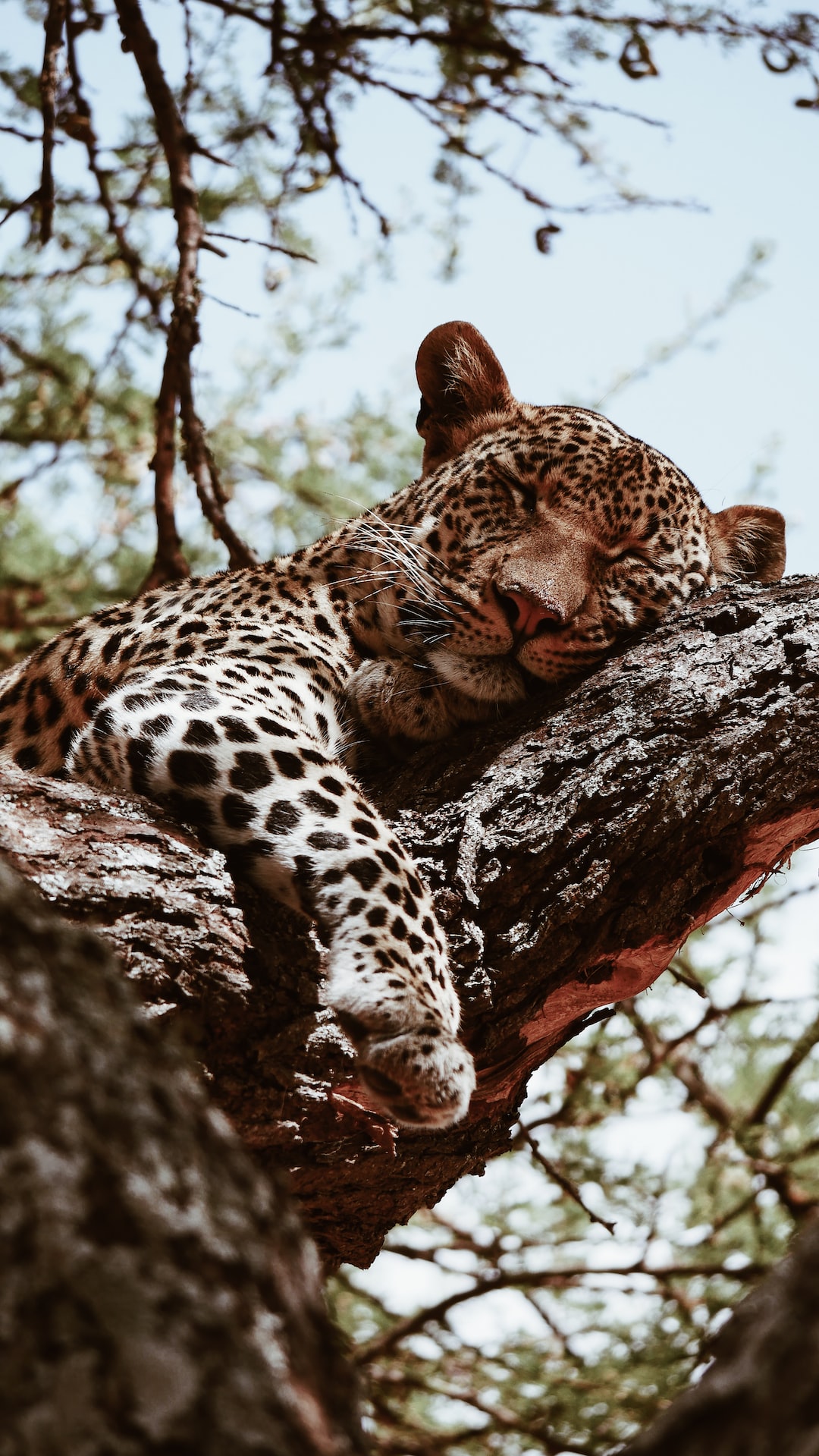Unveiling the Mysteries of the Great Barrier Reef: Home to Diverse Marine Life
The Great Barrier Reef, located off the coast of Queensland, Australia, is an underwater wonder like no other. Spanning over 2,300 kilometers, it is the largest coral reef system in the world, and it is often referred to as the planet’s largest living organism. This magnificent natural wonder is home to a vast array of marine life, with countless species residing within its vibrant and colorful underwater world. Today, we will dive deep into the mysteries of the Great Barrier Reef, exploring its secrets and discovering the diverse marine life that calls it home.
As we venture into the depths of the Great Barrier Reef, we encounter a myriad of marine species that have adapted perfectly to their surroundings. Over 1,500 species of fish can be found here, including the iconic clownfish and the mesmerizing angelfish. These fish create a vibrant and dynamic tapestry of colors, bringing the reef to life with their stunning hues. Swimming alongside them, we find majestic sea turtles gracefully gliding through the waters, and gentle giant manta rays elegantly soaring through the clear blue depths. The reef’s diverse ecosystem also provides a haven for dolphins, sharks, and even the elusive dugongs, ensuring a truly immersive experience for anyone lucky enough to visit.
Delving further into the mysteries of the Great Barrier Reef, we encounter its most iconic inhabitants – the corals. These fascinating organisms are what create the framework for the reef, with their intricate structures providing shelter and sustenance to countless inhabitants. The reef is home to nearly 400 species of coral, each with its unique shape and color. From the brain coral with its convoluted patterns, to the delicate and fragile branching coral, the diversity of these underwater architects is truly astounding. Walking along the seafloor, we witness the remarkable phenomenon of coral spawning, a once-in-a-lifetime event where corals release billions of eggs and sperm into the water column, ensuring the survival and regrowth of the reef.
Protecting the delicate balance of the Great Barrier Reef is of utmost importance, as this fragile ecosystem faces numerous threats. Rising water temperatures due to climate change have caused widespread coral bleaching, an event where corals expel their zooxanthellae – the colorful algae living inside them, leaving behind a stark white skeleton. Pollution, overfishing, and destructive fishing practices also pose significant challenges to the reef’s survival. That is why various conservation efforts are in place, aiming to protect and preserve this natural wonder for future generations to enjoy.
The Great Barrier Reef not only serves as a sanctuary for marine life but also attracts millions of visitors every year, offering unparalleled opportunities for diving, snorkeling, and exploring its unparalleled beauty. Whether you are an experienced diver or a curious novice, the reef has something to offer everyone, from hidden caves and lagoons to the stunning coral gardens teeming with life. The Great Barrier Reef is a testament to the power and beauty of nature, and its mysteries continue to captivate and inspire us.
In conclusion, the Great Barrier Reef is a true marvel of the natural world, a diverse and vibrant ecosystem that continues to astound scientists and visitors alike. Its beautiful array of corals, fish, and marine life creates a colorful tapestry that must be seen to be believed. However, as we unveil the mysteries of this underwater paradise, we must also remember the importance of preserving and protecting it for future generations to marvel at. The Great Barrier Reef is not just a home for diverse marine life, but a symbol of the incredible wonders our planet has to offer.


